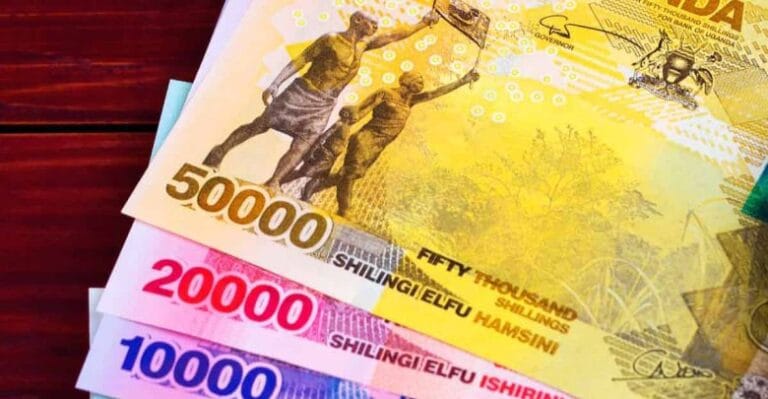KAMPALA – All currencies within the East African Community (EAC) depreciated against the US dollar in November 2024, with the exception of the Tanzanian shilling, which registered a 2.5% appreciation. This insight comes from the November economic performance report released by Uganda’s Ministry of Finance.
Currency Performance
The Tanzanian shilling’s strength contrasted with the performance of other EAC currencies:
- The Burundian franc depreciated by 0.16%.
- The Rwandan franc fell by 1.03%.
- The Kenyan shilling and Ugandan shilling recorded declines of 0.15% and 0.3%, respectively.
The Uganda shilling, which has generally been appreciating since March 2024, traded at an average midrate of Shs 3,678.6 per US$ in November, slightly higher than the Shs 3,667.9 average in October. The decline was attributed to strong corporate and interbank demand for the dollar, outweighing inflows from coffee exports and remittances.
Monetary Policy and Lending Rates
The Central Bank Rate (CBR) remained steady at 9.75% in November, following its downward revision in October. The Bank of Uganda indicated that this rate would keep inflation close to the medium-term target of 5%.
Shilling-denominated credit saw an increase in lending rates, which rose to 19.43% in October from 18.84% in September. This increase was linked to higher yields on government securities and rising consumer demand as the economy continued its recovery.
Government Fiscal Performance
In November 2024, the Ugandan government raised Shs 1,080.7 billion through treasury instruments, with treasury bill yields increasing across all tenors:
- 91-day bills rose to 11.6% from 10.8%.
- 182-day bills climbed to 13.6% from 13.4%.
- 364-day bills increased to 14.9% from 14.5%.
Similarly, yields on bonds also rose, with the 3-year, 10-year, and 20-year tenors increasing to 15.80%, 16.50%, and 17.50%, respectively.
The government recorded net borrowing of Shs 1,344.86 billion in November, lower than the planned Shs 1,696.50 billion. Lower-than-expected spending on externally financed projects contributed to this deviation.
Revenue collections in November totaled Shs 2,670.64 billion, surpassing the target of Shs 2,640.97 billion by Shs 29.67 billion. This surplus was primarily attributed to higher-than-expected grants.
Inflation Trends
Inflation rates in November 2024 remained stable, with annual headline inflation holding steady at 2.9%. This was due to price declines in transport services, inpatient care, and liquid fuels, which offset increases in prices for some food items like milk and Irish potatoes.
- Core inflation decreased slightly to 3.8% from 3.9% in October.
- Energy, Fuels, and Utilities (EFU) inflation dropped significantly to 2.2% from 3.3%.
- Food crop inflation remained in the negative at -4.0%, slightly better than the -5.3% recorded in October.
Prices for petrol and diesel dropped to Shs 5,105 and Shs 4,691 per liter, respectively, further easing energy-related inflation.
Economic Outlook
The report highlighted that Uganda’s economy continues to recover, with increased private sector credit and stable inflation providing a foundation for growth. However, rising lending rates and external pressures like currency depreciation may pose challenges in the months ahead.
As Uganda navigates these dynamics, the report underscores the importance of maintaining prudent fiscal and monetary policies to ensure economic stability and growth.








